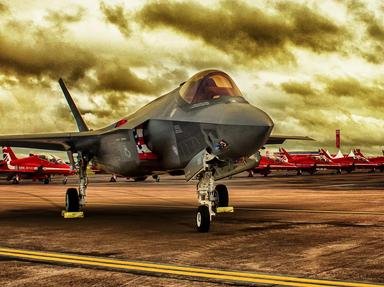Quiz Answer Key and Fun Facts
1. Qualified submariners in the Royal Navy are entitled to wear a special badge on their uniform. What is this badge commonly referred to, which is so called because of the sea creatures it features?
2. The stealthy nature of the Submarine Service is reflected in its motto. Which of these is it?
3. Officers who wish to command a submarine in the Royal Navy need to pass the Submarine Command Course. What is this course often referred to due to its high failure rate?
4. Which flag does a Royal Navy submarine traditionally fly when returning to its home base after a deployment?
5. Modern Royal Navy submarines are powered using nuclear reactors. Which famous ship name was given to the first nuclear-powered Royal Navy submarine?
6. Before having an all nuclear powered fleet the submarine service used some diesel powered submarines. In which year did the Royal Navy stop using diesel powered submarines?
7. As well as being nuclear powered, Royal Navy submarines are also responsible for carrying the UK's nuclear missiles. What name is given to the nuclear missile system the UK started using in 1994?
8. HMS Conqueror became the first nuclear powered submarine to sink a surface ship with torpedoes when it sank the 'General Belgrano' during which conflict?
9. A ban on women serving on Royal Navy submarines was overturned in 2011.
10. From 1944 to 2015 the head of the Submarine Service was known by the initials FOSM, What did this stand for?
Source: Author
Stoaty
This quiz was reviewed by FunTrivia editor
stedman before going online.
Any errors found in FunTrivia content are routinely corrected through our feedback system.
